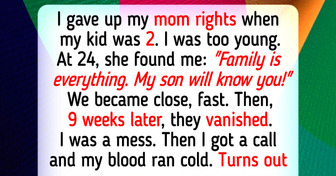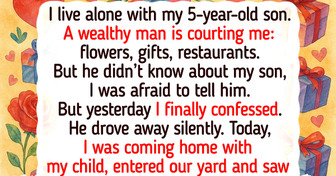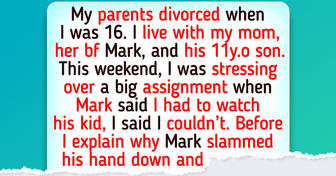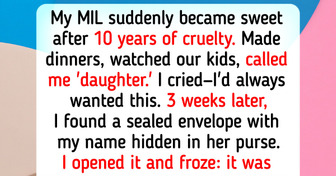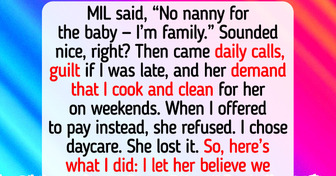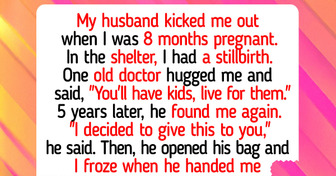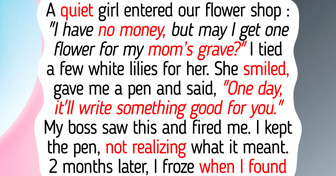18 Hotel Stays That Went Off-Script in the Most Unforgettable Ways
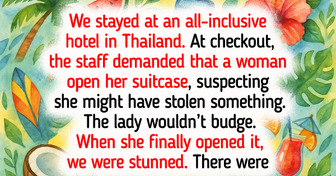
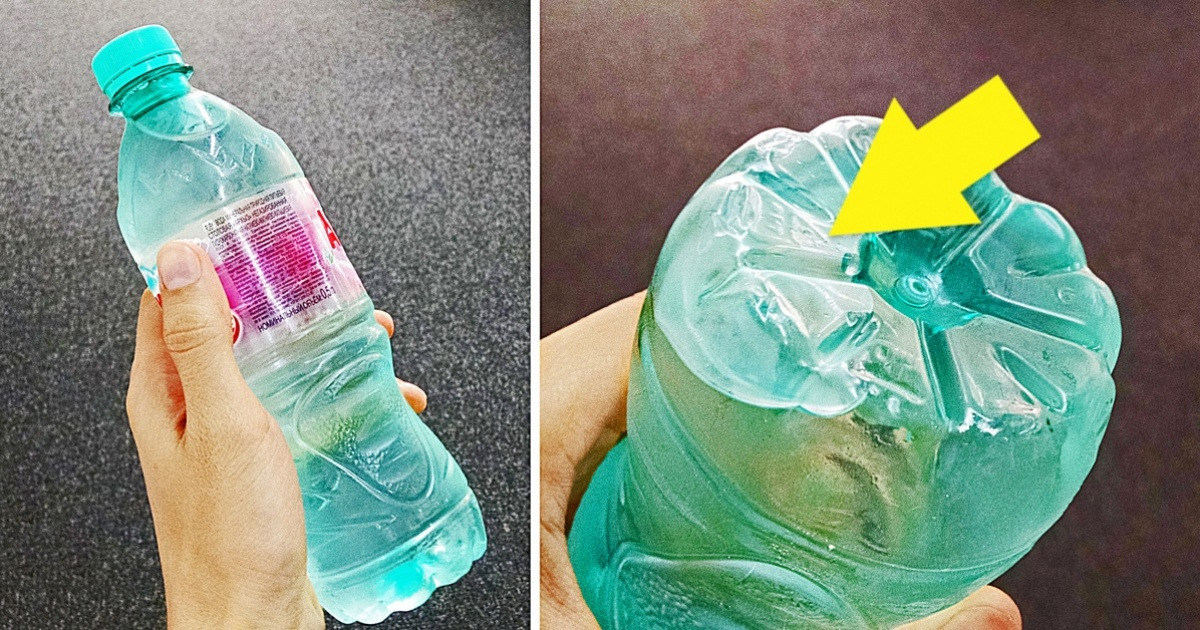
What do you know about the risks of buying different kinds of plastic water bottles? The chances are no one’s ever told you all the details which you need to know in order to look after your health.
It should be indicated somewhere on every bottle precisely what kind of plastic it’s made out of. This information is very important, as every kind of plastic contains chemicals which can cause varying degrees of harm to the human body.
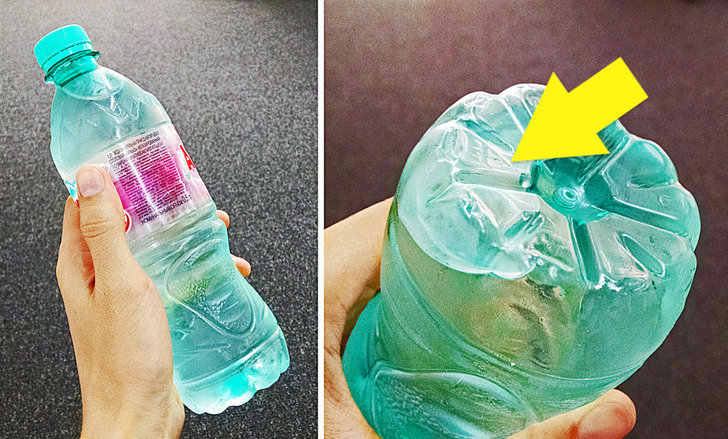
The type of plastic is indicated in the form of letters and numbers, as shown in the graphic:
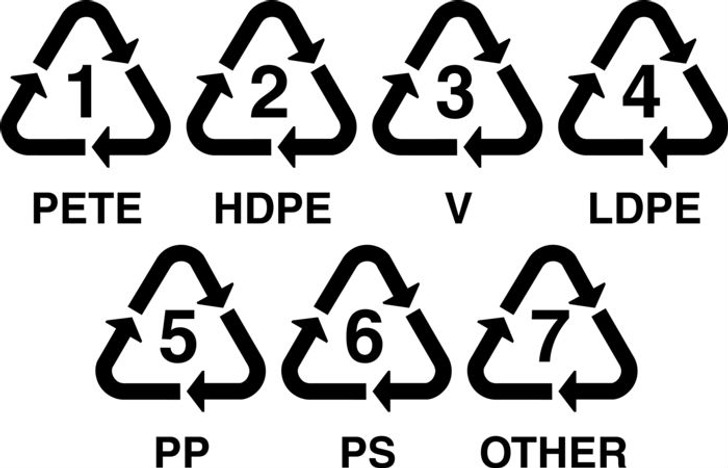
This is what they all mean.
PET is one of the most commonly used plastics in consumer products, and is found in most water and soft drink bottles, and some packaging. It is intended for single use applications; repeated use increases the risk of leaching and bacterial growth. These bottles can release heavy metals and chemicals that affect the hormonal balance. PET plastic is difficult to decontaminate, and proper cleaning requires harmful chemicals.
HDPE plastic is the stiff plastic used to make milk jugs, detergent and oil bottles, toys, and some plastic bags. This kind of plastic releases practically no chemicals. Experts recommend choosing these bottles when buying bottled water, because they’re probably the safest (and thus, contain the cleanest water) you can find on the market.
PVC is a soft, flexible plastic used to make clear plastic food wrapping, cooking oil bottles, teething rings, children’s and pets’ toys, and blister packaging for myriad consumer products. It releases 2 toxic chemicals that affect the hormones in your body. Experts recommend buying an alternative if you can find it.
This plastic cannot be used in the production of bottles, even though it does not release any chemicals into the water. However, it is nevertheless not a good idea to buy food you find in the shops which use this packaging. You might end up eating not only what you paid for, but also some highly dangerous chemicals.
Another white-colored or semi transparent plastic, used as packing for syrups and yoghurt cups. Polypropylene plastic is tough and lightweight, and has excellent heat-resistance qualities. When heated, it doesn’t melt. It is thus relatively safe. It also serves as a good barrier against moisture, grease and chemicals.
Polystyrene is an inexpensive, lightweight plastic with a wide variety of uses. It is most often used to make disposable styrofoam drinking cups, take-out "clamshell" food containers, egg cartons, and plastic picnic cutlery. It releases some carcinogenic substances when heated. It is completely unsuitable for long-term use as a food or drink container.
Often used in the production of sports water bottles and food containers, this is the most dangerous plastic you will encounter. This category was designed as a catch-all for polycarbonate (PC) and “other” plastics, so reuse and recycling protocols are not standardized within this category. Of primary concern with these plastics, however, is the potential for chemical leaching into food or drink products packaged in polycarbonate containers made using BPA (Bisphenol A).
As of today, check the bottom of the bottle twice!

